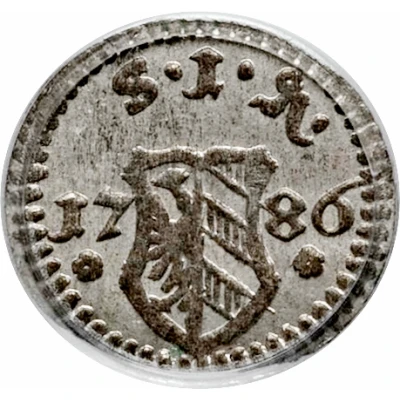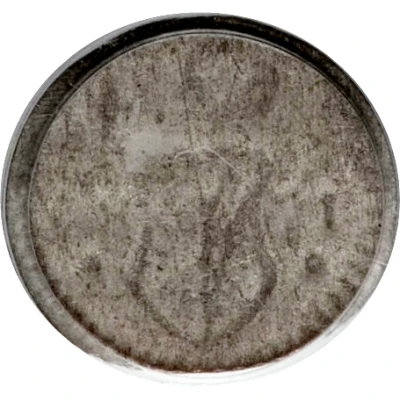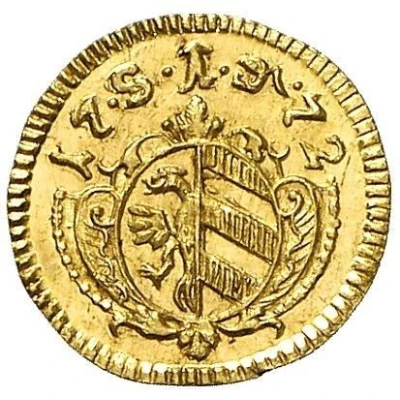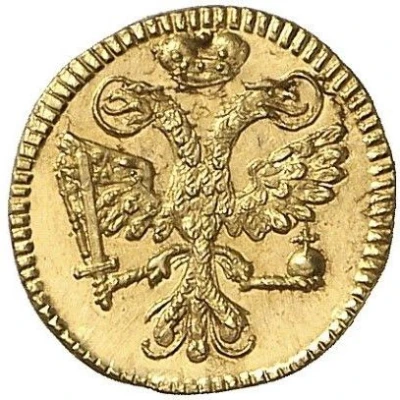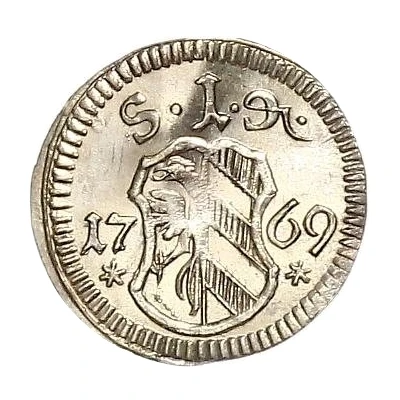
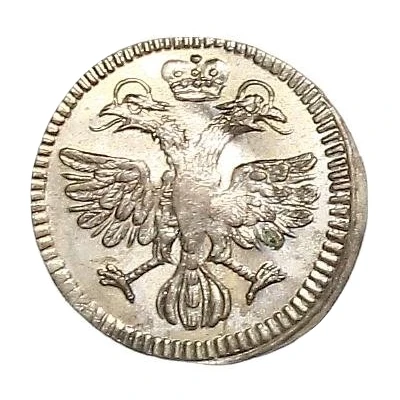

© WAG Online Auktions
1 Pfennig
| Billon | - | - |
| Issuer | Free imperial city of Nuremberg (German States) |
|---|---|
| Period | Free City (1219-1806) |
| Type | Standard circulation coin |
| Years | 1756-1780 |
| Value | 1 Pfennig (1⁄480) |
| Currency | Konventionsthaler (1754-1807) |
| Composition | Billon |
| Shape | Round |
| Demonetized | Yes |
| Updated | 2024-10-05 |
| Numista | N#112849 |
|---|---|
| Rarity index | 90% |
Reverse
Crowned double-headed eagle.
Interesting fact
The 1 Pfennig coin from the Free Imperial City of Nuremberg (German States) made of Billon is interesting because it was minted during a time of great economic and political change in Europe. The coin was issued during the reign of Emperor Francis I (1745-1765) and his son Joseph II (1765-1790), who implemented a number of reforms aimed at modernizing the Holy Roman Empire. These reforms included the creation of a standardized system of coinage, which led to the production of coins like the 1 Pfennig billon coin. The use of billon, a copper and silver alloy, was a common practice during this time period, as it was a more affordable alternative to pure silver or gold coins. Despite its relatively low value, the 1 Pfennig coin played an important role in the economy of the time, as it was widely used in everyday transactions and helped to facilitate trade and commerce within the German States.
